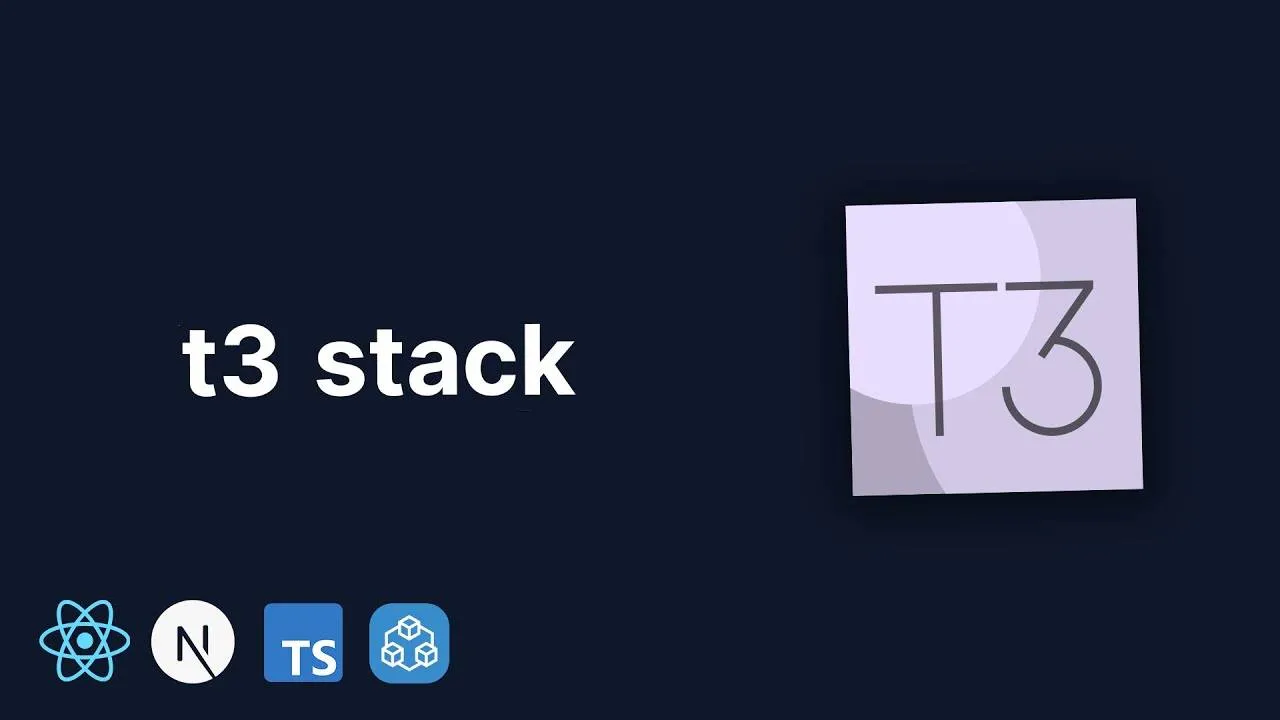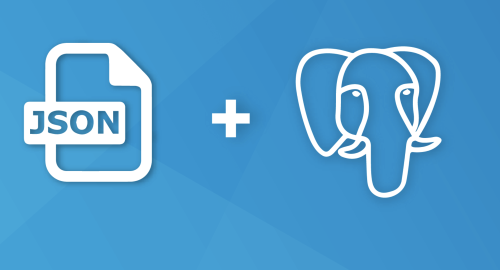
Yashika
Digital Marketing Executive
Revenue Cycle Management (RCM) is the financial backbone of healthcare organizations, directly impacting cash flow and operational sustainability. Yet, inefficiencies persist: manual errors, delayed reimbursements, and rising administrative costs plague the industry. With hospitals in the U.S. losing approximately $20 billion annually due to claim denials, and staffing shortage the need for a technological revolution is urgent.
Artificial Intelligence (AI) is reshaping RCM by addressing these challenges head-on—delivering measurable improvements in accuracy, speed, and compliance. Here’s how healthcare organizations can harness AI to optimize revenue cycles and strengthen financial health.
What is Revenue Cycle Management (RCM) in Healthcare?
Revenue Cycle Management involves managing financial processes related to healthcare service delivery—from patient registration to the final payment. Below is a detailed breakdown of its key components:
1. Patient Registration
Description: Initial collection of patient demographic and insurance information during scheduling or check-in.
Importance: Accurate data entry prevents claim denials and delays.
Tools: Electronic Health Records (EHRs) and registration software automate data capture.
2. Insurance Verification and Eligibility
Description: Confirming active insurance coverage, benefits, and co-pay details before services are rendered.
Importance: Ensures services are covered under the patient’s plan and reduces claim denials.
Trends: Real-time eligibility checks through integrated payer portals.
3. Prior Authorization
Description: Obtaining insurer approval for specific procedures, such as surgeries or imaging.
Importance: Prevents unexpected patient costs and claim denials.
Challenges: Often time-consuming; automation tools streamline approvals.
4. Charge Capture
Description: Documenting all billable services during care.
Importance: Ensures no revenue loss due to underbilling.
Technology: EHR charge capture modules reduce manual errors.
5. Medical Coding
Description: Translating diagnoses and procedures into standardized codes (ICD-10, CPT, HCPCS).
Importance: Accurate coding ensures proper reimbursement and compliance.
Innovation: AI-assisted coding tools improve speed and accuracy.
6. Claims Submission
Description: Transmitting coded claims to payers electronically.
Importance: Timely submissions accelerate reimbursement. Clean claims minimize rejections.
7. Payment Posting
Description: Recording payments from insurers and patients, including adjustments.
Importance: Tracks cash flow and reconciles accounts.
Innovation: Automated systems match payments to claims.
8. Denial Management and Appeals
Description: Investigating and resolving denied or rejected claims.
Importance: Recovers 10-15% of lost revenue.
Strategy: Root-cause analysis prevents recurring issues.
9. Accounts Receivable (AR) Follow-Up
Description: Monitoring and resolving unpaid claims.
KPIs: Days in AR (goal: <40 days) measures efficiency.
Tools: AR dashboards highlight aging claims for prioritization.
10. Patient Billing and Collections
Description: Generating statements for patient responsibility and managing payments.
Importance: Patient payments account for 20-30% of revenue.
Innovation: Online payment portals and flexible plans improve collections.
11. Reporting and Analytics
Description: Monitoring KPIs like denial rates, collection rates, and AR aging.
Importance: Identifies bottlenecks and informs process improvements.
Tools: Predictive analytics forecast cash flow and denial risks.
12. Compliance and Regulatory Adherence
Description: Ensuring adherence to healthcare laws and payer policies.
Importance: Mitigates legal risks and audit penalties.
Strategy: Regular staff training.
How AI can help in Healthcare RCM
More than 80% of healthcare executives are optimistic about AI-enabled RCM solutions (Healthcare IT News, 2024).
- Intelligent Billing Automation
Advanced natural language processing allows for the automatic extraction of billing codes from clinical documents, as well as claim pre-validation. This reduces manual errors while streamlining the billing process, resulting in increased accuracy and efficiency. - Predictive Denial Mitigation
Data-driven models evaluate past claim data to detect potential rejections and root causes. This proactive method enables quick interventions, lowering financial risk and increasing claim clearance rates. - Actionable Revenue Projections
AI-powered analytics generate detailed revenue forecasts and simulate various financial scenarios. These insights enable leaders to make more informed budgeting decisions and optimize resource allocation based on strategic goals. - Customized Payment Solutions
Personalized payment plans are created by analyzing individual financial profiles and function in tandem with automated engagement technologies that provide timely reminders and respond to billing queries. This increases revenue collection while enhancing the patient payment experience. - Strong Compliance and Security
Continuous monitoring detects fraudulent activity and automatically updates coding standards, resulting in a secure and compliant architecture that meets executive concerns about risk management. - Optimized Operational Excellence
Robotic process automation efficiently handles repetitive tasks, allowing employees to focus on more complicated responsibilities. Improved scheduling and resource allocation are closely related to improved overall operational performance.
Studies reveal that 90% of claim denials are preventable and healthcare AI automation reduces denials by 75%, ensuring faster reimbursements.

Driving Efficiency in Healthcare with AI
According to the study, healthcare companies with AI integration earn, on average, 30% more annually than their traditional counterparts. Additionally, 92% of patients who had a positive administrative experience with healthcare AI automation are more likely to recommend their provider.
1. Real-Time Revenue Intelligence
AI systems analyze payment patterns, predict cash flow fluctuations, and identify potential revenue leakage points instantly. Healthcare providers use these insights for eligibility verification and patient payment estimation. By spotting trends and anomalies, organizations can address issues before they impact the bottom line.
2. Smart Financial Operations
AI handles tedious RCM tasks such as payment posting, account reconciliation, and denial detection. By continuously learning payment patterns, these systems predict and prevent potential delays, improving cash flow.
3. Enhanced Staff Productivity
By automating routine administrative tasks, AI frees up healthcare staff to focus on complex cases that require human expertise. This not only improves financial outcomes but also enhances patient care quality.
Take the Next Step
For healthcare leaders, the question isn’t whether to adopt AI, but how quickly.
In an era of shrinking margins and growing complexity, AI-powered RCM isn’t optional—it’s essential. Bluetick combines advanced AI technology with healthcare expertise to deliver results that matter.
Ready to modernize your revenue cycle?
Get in touch with us for a tailored AI integration plan.













